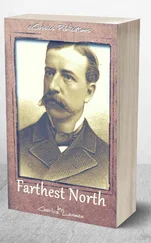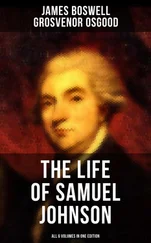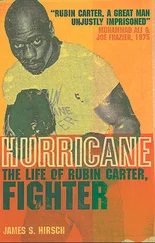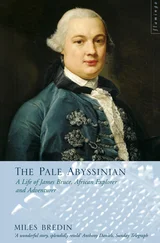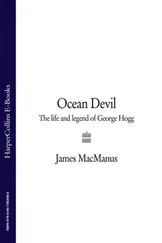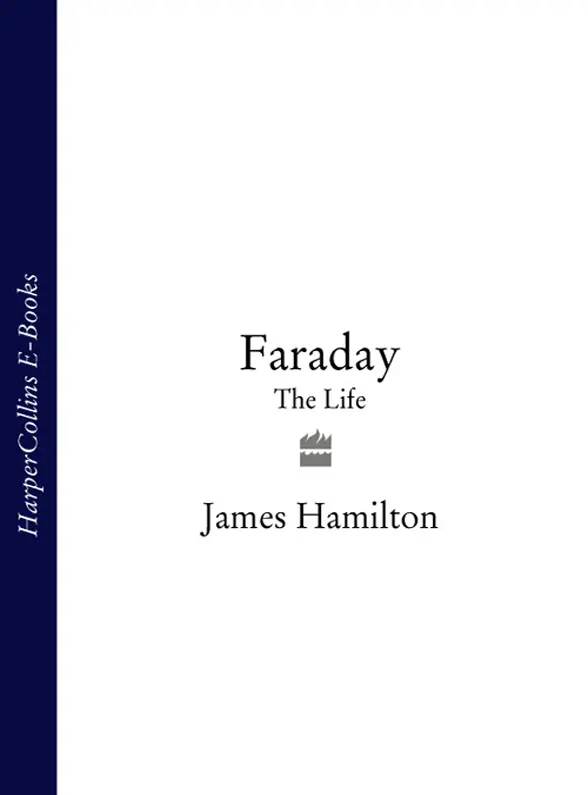
For my family
Cover
Title Page
Dedication
Map: Michael Faraday’s London
Introduction
Chapter 1 ‘The Progress of Genius’
Chapter 2 Humphry Davy
Chapter 3 A Small Explosion in Tunbridge Wells
Chapter 4 ‘The Glorious Opportunity’
Chapter 5 Substance X
Chapter 6 A Point of Light
Chapter 7 Mr Dance’s Kindness Claims my Gratitude
Chapter 8 We have Subdued this Monster
Chapter 9 The Chief of All the Band
Chapter 10 A Man of Nature’s Own Forming
Chapter 11 There they go! There they go!
Chapter 12 Use the Right Word, my Dear
Chapter 13 Fellow of the Royal Society
Chapter 14 We Light up the House
Chapter 15 Steadiness and Placidity
Chapter 16 Facts are Such Stubborn Things
Chapter 17 Crispations
Chapter 18 And that one Word were Lightning …
Chapter 19 Connexions
Chapter 20 The Parable of the Rainbow
Chapter 21 Michael Faraday and the Bride of Science
Chapter 22 Still, it may be True …
Chapter 23 A Metallic Clatter which Effaced the Soft Wave-Wanderings
Chapter 24 I be Utterly Unworthy …
Chapter 25 The More I Look the Less I Know …
Chapter 26 The Body of Knowledge is, After All, But One …
Epilogue
Appendix 1: Faraday’s ‘Philosophical Miscellany’, 1809–10
Appendix 2: Declaration of Faith of Edward Barnard, 1760
Appendix 3: Memorandum to Robert Peel, 1835
Notes
Bibliography
Index
Acknowledgements
Faraday: The Biography
By the Same Author
Copyright
About the Publisher
Michael Faraday’s London
Setting off from London in October 1813 to travel on the continent, Michael Faraday found the education of an artist in the company of a scientist. He was twenty-two years old when he left England with Sir Humphry Davy, the most famous and admired scientist of his day, taking with him notebooks in which he wrote a unique diary, perceptive, full of incident and detail, of art and antiquities, of scientific experiments and discovery in the making, and of Europe at a moment of unparalleled change. But he took with him also the affection and good wishes of Richard Cosway, as fashionable and controversial a painter as Davy was a scientist, and of the distinguished and level-headed architect George Dance the Younger, and so had the added opportunity of experiencing the antiquities, landscape and history of Europe with the distant guidance of two senior Royal Academicians. With Davy beside him, and Cosway and Dance at home, Faraday’s entourage of mentors was complete.
Faraday’s diary of his eighteen-month continental journey, and the many letters home that surround it, reveals the formation of a man whose scientific discoveries would begin within thirty years to affect through gradual change the lives of every person on the planet.
In the twenty-first century, Michael Faraday’s discoveries and improvements have become given facts and facilities. Electricity comes out of the plug in the wall; shirts and dresses of every subtle shade of dye hang on the rails of clothes shops; we wear spectacles with precision-made lenses, use steel razors, stir tea with electroplated spoons; we fly in aeroplanes free of harm from lightning strikes; we sail in ships warned off rocks by effective lighthouses; and we swim in pools tinctured by liquid chlorine. But in taking a clear occasional glimpse back at the roots of all these standards of modern life, time and again we see the figure of Michael Faraday standing at the distant crossroads.
If Faraday had not made the scientific discoveries he did, somebody else, or a chain of other people, would quite rapidly have done so. Life now would have been recognisably similar but for one particular: Faraday never patented anything. He built no fences around his discoveries to increase personal gain, nor did he market appliances, such as the electric motor or the dynamo, to exploit them. When his experimental ideas were progressing towards the inevitable practical application he passed them on to others. Faraday saw his role as reading ‘the book of nature … written by the finger of God’, 1determining, through experiment, analysis and deduction, a huge network of interconnected scientific principles which he gave as general knowledge to humanity. In doing so, there were no patent fees to pay to him in the nineteenth century, no ‘Faraday and Company’ to give dues to for the use of patterned cloth, razor blades or the generation of electrical power; but also, by now (if all had gone well in the twentieth century) no Faraday Foundation to distribute vast profits to speed the pursuit of happiness. We need to see and understand Faraday in the context of his time and cultural influences if we are to come to a fuller knowledge of the underpinnings of contemporary life. If we know where we have been, we may have a clearer idea of where we may be going.
In this biography I am taking a point of view that stands rather off the main track. Modern biographers of Faraday, writing largely as scientists and historians of science, have drawn portraits of the man which centre on his discoveries and their meanings. If Faraday were a seaside town these would be views of the main square, with all its colour, traffic and purpose. In looking at Faraday in his cultural context, and writing as an art historian with some minor, accidental, university experiences in science, the view I am painting is of the town and its landscape setting from the edge of the bay.
The central influence in Faraday’s life that set him apart from his contemporaries was his religion. He was a devout member of a small, rigid Christian sect, the Sandemanians, whose members took guidance and inspiration from the Bible, and measured their lives against New Testament teaching. In reading God’s book of nature Faraday felt himself to be under direction; Sandemanianism was the rock on which his town was built, keeping him apart from the politics of science, but causing him pain when he strove to reconcile scientific advances with his religious teaching.
Another decisive factor in Faraday’s life was his interest in drawing and painting, in methods of making prints, in the development of photography, in the reproduction of images and in artists as people. This tended to have a lateral effect on his vocabulary: when he searched for words or phrases to describe scientific phenomena, he discovered expressions such as ‘lines of force’, ‘magnetic field’ or ‘crispations’, notions that could be drawn as well as written. When he sought to express to himself scientific ideas in his laboratory notebook he made marginal pen-and-ink drawings of the physical effect as he conceived it in his mind’s eye. Faraday thought in images, would proclaim a successful result ‘beautiful’, and an understanding of the roots of his imagery and the processes of his image-making may lead to a deeper understanding of him as a man. He had little or no mathematics, and his experimental results were reached not by theory and calculation but by observation of physical and visual effects, using instruments of his own devising.
A third fundamental component of Faraday’s personal chemistry was his need to teach people of all kinds and ages, and to lead them to a greater understanding of the natural scientific laws that govern us all. He was the son of a London blacksmith who died young, and of a devout, redoubtable mother. He had himself had a very thin education, of ‘the most ordinary description’, as he put it in later life. Never having experienced the classical education as fragmentarily delivered by the English public and grammar schools, nor a university grounding in Newtonian science, Faraday had no preconceptions, and was thus uniquely receptive when he first encountered science in London. By the same token, when he came to teach he explained his subject clearly and simply, using graphic illustrations and practical demonstrations which enthralled his audiences and sent them home believing themselves to understand perhaps more than they could fully retain.
Читать дальше



